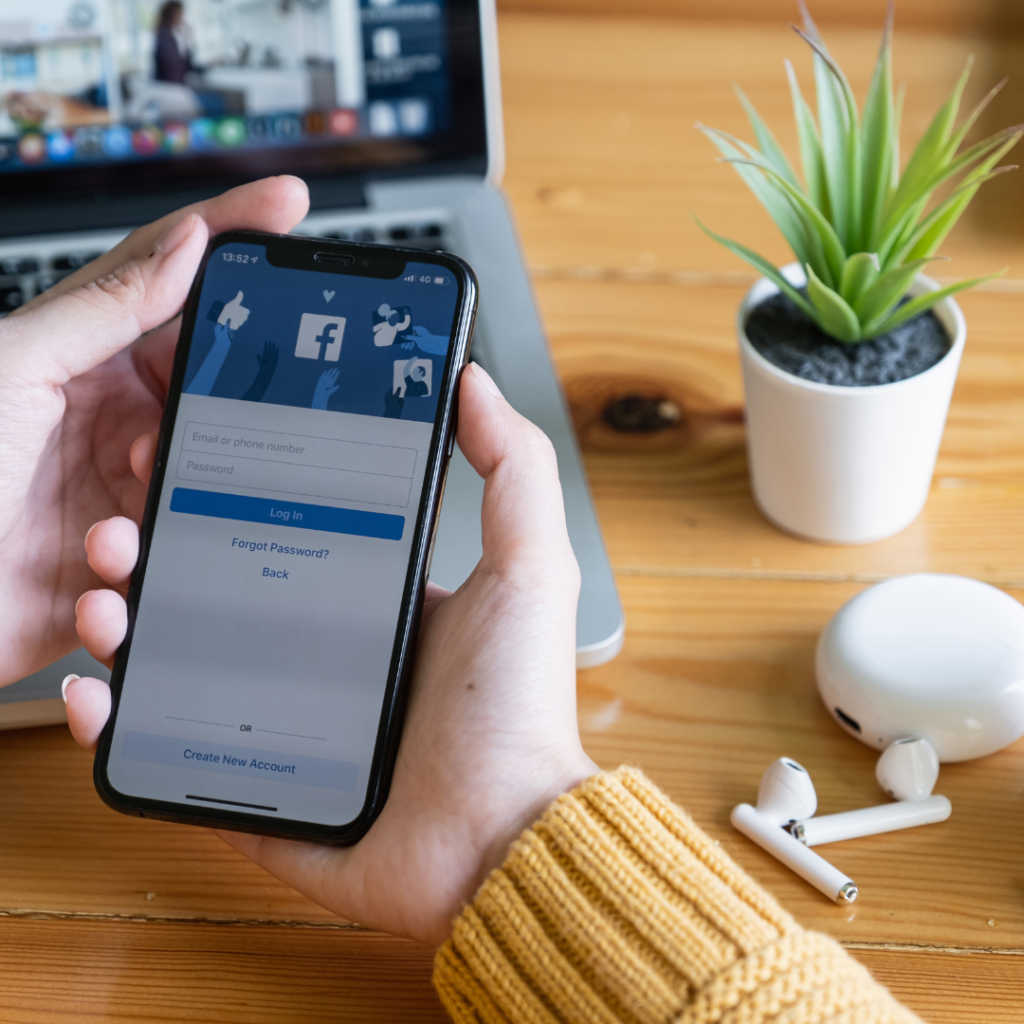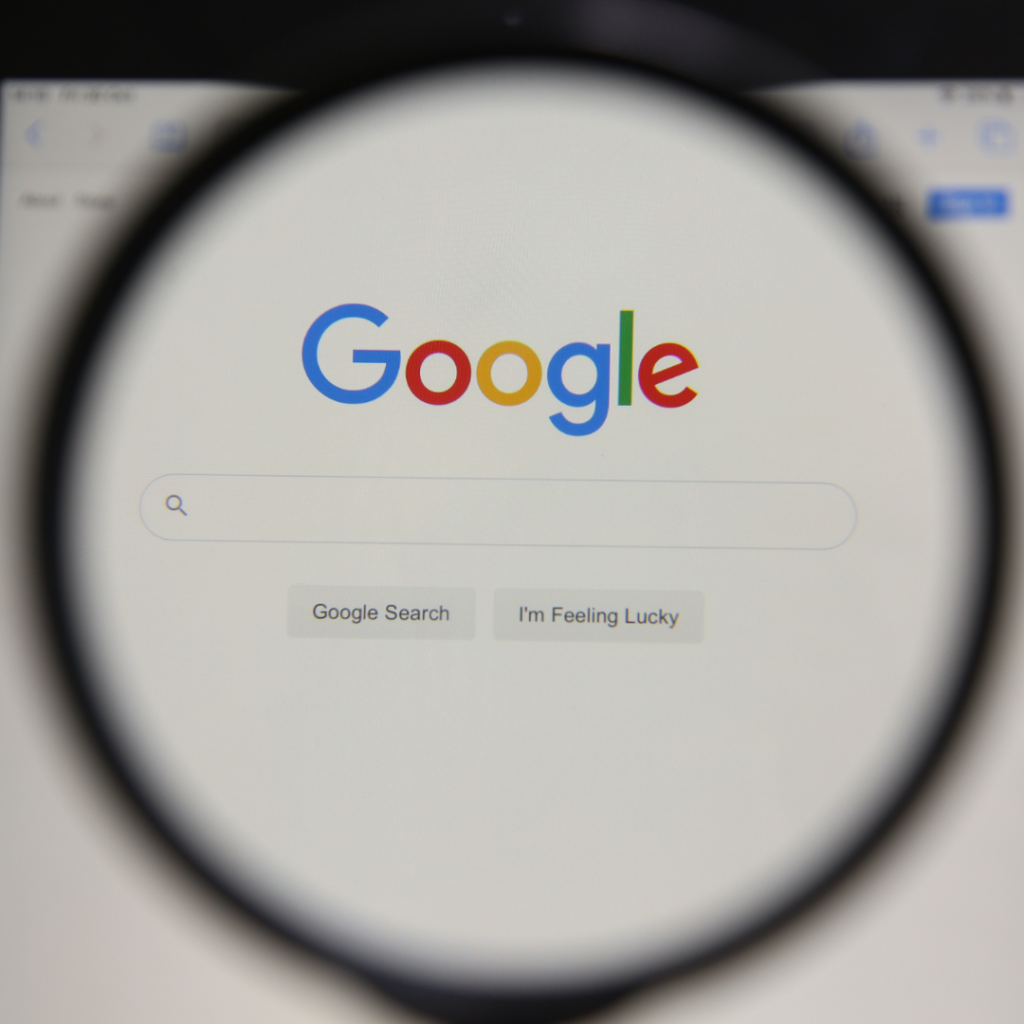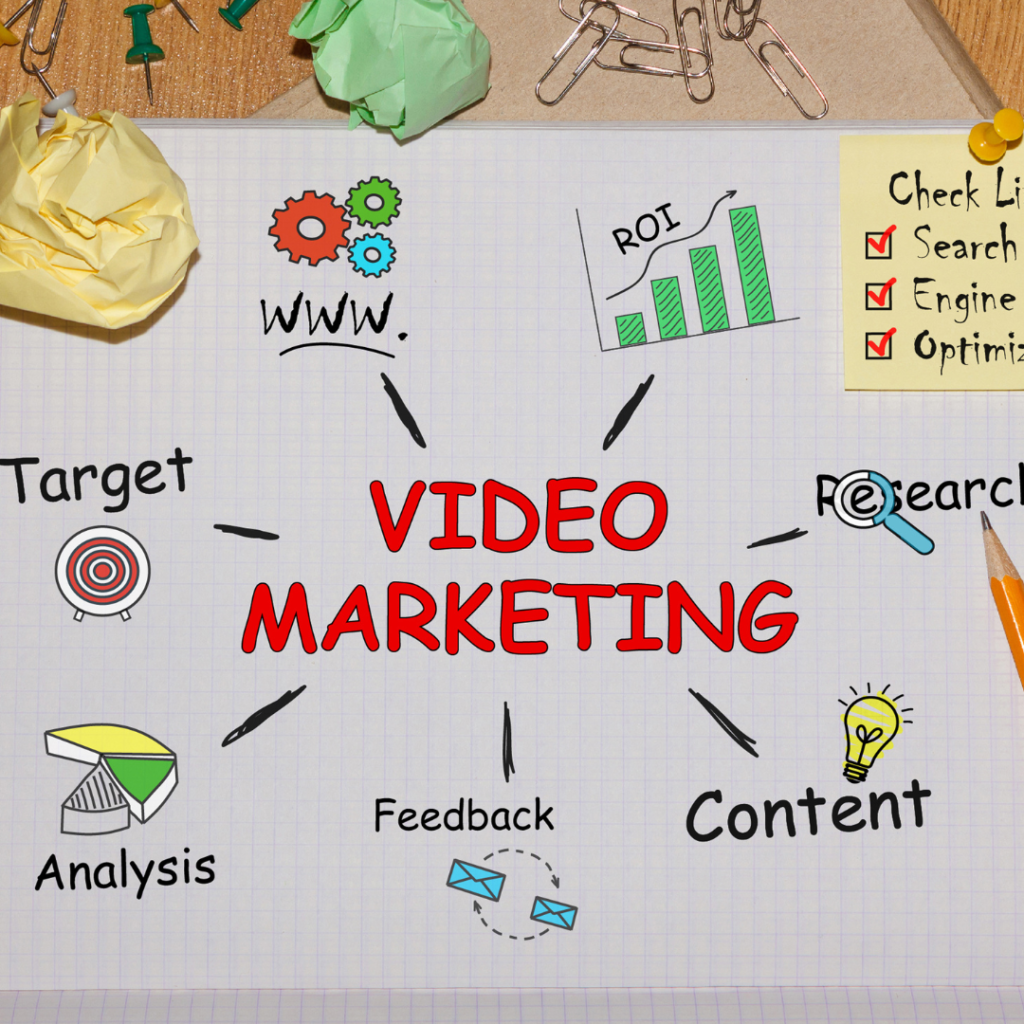Resources
In the ever-evolving world of digital marketing, one thing remains constant: the need for high social media engagement. Whether you're a business owner, a digital marketer, or an influencer, understanding how to get more engagement on social media can significantly impact your success. This blog post will give insight into eight effective strategies and tips to boost your social media engagement.
Understanding your audience is the cornerstone of any successful social media strategy. Conduct thorough research to identify who your target audience is, what they like, and what type of content resonates with them.
By tailoring your content to meet the needs and preferences of your audience, you're more likely to see increased engagement.
Content is king in the realm of digital marketing. High-quality content not only attracts but also retains followers. Ensure that your posts are visually appealing and provide value to your audience.
Investing in good visuals and well-crafted captions can make a significant difference in how your audience interacts with your posts.
Hashtags are powerful tools for increasing visibility on platforms like Instagram and Twitter. However, using them wisely is crucial for maximizing their effectiveness.
Using a mix of popular and niche hashtags can help you reach a broader yet targeted audience.
Engagement is a two-way street. Responding to comments, messages, and mentions can foster a sense of community around your brand.
Active engagement can turn casual followers into loyal fans who are more likely to share and interact with your content.
Analytics tools provide valuable insights into what works and what doesn’t in terms of social media engagement. Platforms like Facebook Insights, Instagram Analytics, and Twitter Analytics offer detailed metrics on post performance.
Regularly reviewing these metrics can help you adjust your strategy for better results.
Influencer marketing has become an integral part of digital marketing strategies. Collaborating with influencers can amplify your reach and credibility.
Influencer collaborations can introduce you to new audiences who are likely interested in what you offer.
Consistency is key when it comes to maintaining high levels of social media engagement. However, posting strategically is equally important.
Consistent posting helps keep you top-of-mind for followers while strategic timing maximizes visibility.
Contests and giveaways are excellent tactics for boosting short-term engagement quickly while also growing long-term loyalty among followers.
Encourage participants by requiring actions such as liking the post, tagging friends, sharing it, etc. This not only increases immediate interaction but also extends reach organically through participant networks.
Mastering getting more engagement on social media involves a combination of understanding your audience, creating high quality content, leveraging analytics, engaging actively, collaborating with influencers, posting consistently, and running contests. By implementing these strategies you'll be well on your way to achieving higher levels of interaction and visibility, ultimately leading to success within this facet of digital marketing.
Are you looking to drive more traffic to your website and increase conversions? If so, paid internet ads might be the perfect solution for you. This ultimate guide will provide you with all the information you need to successfully navigate the world of paid internet advertising.
Paid internet advertising is a digital marketing strategy that involves paying for ad placements on various online platforms. These platforms can include search engines like Google, social media sites like Facebook, or other websites that offer advertising space. The goal of these ads is to drive traffic to your website and increase conversions, whether that means making a sale, getting a sign-up, or achieving some other desired action.
Paid internet ads can be an incredibly effective way to reach your target audience. They allow you to target specific demographics, track your results in real-time, and adjust your strategy as needed. However, they also require a certain level of knowledge and expertise to use effectively. That's where this guide comes in.
There are several different types of paid internet ads that you can use depending on your goals and target audience.
1. Pay-Per-Click (PPC) Ads: These are typically text-based ads that appear in search engine results. You only pay when someone clicks on your ad.
2. Display Ads: These are visual ads that appear on websites or social media platforms. They can include images, videos, or interactive elements.
3. Social Media Ads: These are ads that appear on social media platforms like Facebook or Instagram. They can be targeted based on user demographics and interests.
4. Native Ads: These are ads that match the look and feel of the content around them, making them less intrusive than traditional display ads.
5. Video Ads: These are short videos that play before or during other video content on platforms like YouTube.
Once you've chosen the type of ad that best suits your needs, it's time to start thinking about how to use it effectively. Here are some strategies to help you drive traffic and increase conversions with your paid internet ads.
1. Target Your Ads: One of the biggest advantages of paid internet advertising is the ability to target your ads to specific demographics. Use this feature to reach the people who are most likely to be interested in your product or service.
2. Use High-Quality Visuals: Whether you're using display ads, social media ads, or video ads, high-quality visuals are key. They can grab attention, convey information quickly, and make your ad more memorable.
3. Include a Clear Call-to-Action (CTA): Every ad should include a clear CTA that tells viewers exactly what you want them to do next. This could be clicking through to your website, signing up for a newsletter, or making a purchase.
4. Test and Adjust: Don't be afraid to experiment with different strategies and adjust as needed based on the results. This is one of the key benefits of digital advertising – you can see what's working in real-time and make changes accordingly.
Paid internet advertising can be a powerful tool for driving traffic and increasing conversions if used correctly. By understanding the different types of ads available, targeting your ads effectively, using high-quality visuals, including clear CTAs, and being willing to test and adjust your strategy as needed, you can make the most of this valuable marketing tool.
Remember that while paid internet ads can provide quick results, they should be part of a larger digital marketing strategy that includes organic tactics as well. With a balanced approach, you can maximize your online presence and achieve your business goals.
As we navigate through the digital age, it's clear that the world of marketing has undergone a seismic shift. Traditional methods are being replaced by innovative strategies that leverage technology to reach consumers in new and exciting ways. This evolution is not slowing down; instead, it's accelerating at a rapid pace. So, what does the future of digital marketing look like? Let's look into some key trends and predictions.
Artificial Intelligence (AI) has transitioned from a futuristic concept to a present-day reality, revolutionizing the landscape of digital marketing. Gone are the days when marketers relied solely on intuition and guesswork to understand consumer behavior. With AI, businesses now have access to powerful tools that can analyze vast amounts of data and uncover valuable insights into customer preferences and trends.
One of the most significant impacts of AI on digital marketing is its ability to analyze consumer behavior and search patterns. By tapping into data from various sources, including social media platforms, blog posts, and website interactions, AI can provide businesses with a comprehensive understanding of how their target audience discovers and interacts with their products and services. This insight allows marketers to tailor their strategies more effectively, optimizing content and campaigns to resonate with their audience.
Looking ahead, the future of digital marketing promises even greater integration of AI into everyday practices. One key area where AI is poised to shine is in the delivery of personalized content. By leveraging AI algorithms, marketers can create highly tailored experiences for individual consumers, delivering the right message to the right person at the right time. Whether it's through personalized product recommendations, dynamic email content, or customized advertising, AI-driven personalization has the potential to significantly enhance customer experiences and drive conversions.
Moreover, AI will play a crucial role in automation and optimization across various marketing channels. From automated chatbots that provide instant customer support to predictive analytics that forecast future trends, AI-powered tools will streamline processes, improve efficiency, and drive better results for businesses.
In essence, AI is not just a buzzword or a fleeting trend—it's a transformative force that is reshaping the digital marketing landscape. As businesses continue to embrace AI technologies and harness their capabilities, they will unlock new opportunities for growth, innovation, and success in the ever-evolving digital world.

With the increasing popularity of voice-activated devices like Amazon Echo or Google Home, voice search is becoming a crucial part of online browsing habits. As such, optimizing for voice search is becoming an essential part of digital marketing strategies.
In the future of digital marketing, businesses will need to adapt their SEO strategies to accommodate this trend. This could involve using more natural language in their content and focusing on long-tail keywords that mimic how people speak rather than type.
Video content has been growing in popularity over recent years, thanks largely to platforms like YouTube and TikTok. However, its importance in digital marketing is set to skyrocket even further in the future.
Video is an incredibly effective way to engage with consumers - it's engaging, easy to digest, and can convey a lot of information in a short amount of time. In the future of digital marketing, we can expect to see more businesses leveraging video content to reach their audience, whether through live streams, explainer videos, or interactive content.

Augmented Reality (AR) and Virtual Reality (VR) are poised to reshape the landscape of digital marketing, offering unparalleled opportunities for immersive engagement and interaction with consumers.
Imagine stepping into a virtual showroom where you can try on clothing, accessories, or even furniture without ever leaving your home. With AR technology, this becomes a reality as consumers can superimpose virtual images of products onto their real-world surroundings, allowing them to see how items look and fit before making a purchase. From trying on makeup to test-driving cars, the possibilities are endless with AR-powered shopping experiences.
Similarly, Virtual Reality (VR) opens up a world of possibilities for marketers looking to create truly immersive brand experiences. Picture yourself embarking on a virtual tour of a luxury resort, exploring every inch of the property from the comfort of your own home. With VR technology, consumers can immerse themselves in lifelike simulations that provide a deeper understanding of products and services, fostering a stronger emotional connection and driving purchase decisions.
In the future of digital marketing, we can expect AR and VR technologies to become increasingly mainstream as businesses embrace their potential to captivate and engage audiences. From interactive advertising campaigns to virtual product demonstrations, brands will leverage AR and VR to create unforgettable experiences that leave a lasting impression on consumers.
As these technologies continue to evolve and become more accessible, marketers will need to stay ahead of the curve, exploring new ways to incorporate AR and VR into their marketing strategies. By harnessing the power of AR and VR, brands can forge deeper connections with their audience, drive engagement, and ultimately, drive sales in the digital age.

The future of digital marketing is bright and filled with endless possibilities. As technology continues to evolve at a rapid pace, businesses must stay ahead of the curve and adapt their strategies accordingly. Whether it's leveraging AI for personalized content delivery, optimizing for voice search, harnessing the power of video marketing, or exploring the potential of AR and VR - the future is undeniably digital.
However, amidst all these technological advancements, one thing remains constant - the importance of creating meaningful connections with consumers. No matter what new tools or strategies emerge in the future of digital marketing, businesses must always strive to deliver value and build genuine relationships with their audience.
In conclusion, while we cannot predict exactly what the future holds for digital marketing with absolute certainty, we can confidently say that it will be characterized by innovation and personalization. Businesses that embrace these changes will not only survive but thrive in this exciting new era.
In the digital age, video marketing has become a powerful tool for businesses to connect with their customers and expand their reach. With platforms like Instagram, Facebook, and Google offering various video features, it's easier than ever to incorporate this medium into your marketing strategy. This blog post will guide you on how to use video marketing effectively to grow your business.
Video marketing is a strategy that involves creating and sharing videos as part of your promotional campaigns. It can help you increase brand awareness, generate leads, boost conversions, and engage with your audience in a more interactive way. Video content can be anything from product demonstrations, customer testimonials, live events, tutorials or explainer videos.
The power of video marketing cannot be overstated. It has a unique ability to captivate audiences by offering immersive visual and auditory experiences that surpass the engagement levels of traditional text-based content. In fact, a report by HubSpot underscores this sentiment, revealing that a staggering 54% of consumers express a desire for increased video content from the brands they support. This statistic underscores the growing demand for dynamic and visually stimulating content that resonates with modern consumers.
Furthermore, the impact of video extends beyond engagement metrics. When it comes to social media platforms, the numbers speak for themselves. Videos posted on platforms such as Instagram and Facebook have been found to generate an astonishing 1200% more shares than their text and image counterparts combined. This exponential increase in shares highlights the unparalleled virality and reach that video content can achieve in today's digital landscape.
In essence, video marketing represents a powerful tool for brands to connect with their target audiences on a deeper level. By harnessing the captivating nature of visual storytelling and leveraging the widespread appeal of video content, businesses can effectively communicate their message, build brand awareness, and drive meaningful engagement with consumers. As the demand for video continues to soar, savvy marketers recognize the immense potential that this medium offers in shaping the future of digital marketing strategies.

Absolutely! Let's dive deeper into the wonderful world of Instagram video marketing:
You know, Instagram is where it's at for video marketing these days! With its super visual layout and massive user base, it's the perfect place to showcase your brand through videos. Here are some cool ways you can use Instagram to level up your video marketing game:
1. IGTV (Instagram TV): Ever checked out IGTV? It's like your own mini TV channel on Instagram where you can post longer videos, up to a whole hour! Perfect for diving deep into topics, giving tutorials, or sharing behind-the-scenes stuff. You can really get creative with it and offer your audience something they can really sink their teeth into. Plus, since it's right there on your Instagram profile, your followers can easily find and watch your IGTV videos whenever they want.
2. Stories: These are like the quick, snackable videos that disappear after 24 hours. They're perfect for sharing those spontaneous moments, quick updates, or sneak peeks. Plus, they're great for creating a bit of FOMO among your followers! The fact that they disappear after a day makes them feel more exclusive and urgent, so people are more likely to tune in and engage with your content.
3. Reels: If you're into TikTok, you'll love Reels. They're short, catchy videos set to music that are all about showing off your creative side. Whether it's showing off your products, sharing fun moments, or hopping on trending challenges, Reels are a blast to create! And since they show up on the Explore page, they're a great way to get discovered by new audiences and attract more followers to your account.
Oh, and here's a pro tip: Instagram's all about engagement, so make sure your videos are interesting enough to get your followers liking, commenting, and sharing. The more engagement you get, the more the Instagram algorithm will favor your posts! So, don't be afraid to get creative and experiment with different types of content to see what resonates best with your audience.

Facebook is not just a social networking site; it's also a powerhouse platform for video marketing, offering a plethora of features to help businesses connect with their audience in dynamic and engaging ways. Let's explore some strategies to leverage Facebook for video marketing:
1. Live Videos: One of the most exciting features of Facebook is the ability to go live! Facebook Live allows you to broadcast videos in real-time, giving your audience an authentic and interactive experience. Whether you're hosting a Q&A session, launching a new product, or covering a live event, Facebook Live lets you engage with your audience in real-time and build a stronger connection with them. Plus, live videos tend to attract higher engagement rates, as viewers can react, comment, and share their thoughts as the action unfolds.
2. Video Ads: Want to reach a larger audience and drive more traffic to your website or landing page? Look no further than Facebook video ads! These paid advertisements appear seamlessly in users' news feeds, offering a highly effective way to capture attention and drive conversions. With Facebook's advanced targeting options, you can tailor your video ads to specific demographics, interests, and behaviors, ensuring that your message reaches the right audience at the right time. Whether you're promoting a new product, announcing a special offer, or simply raising brand awareness, video ads on Facebook can help you achieve your marketing goals with precision and impact.
3. 360-degree Videos: Want to immerse your audience in a truly unforgettable experience? Consider incorporating 360-degree videos into your Facebook marketing strategy! This immersive format allows viewers to explore their surroundings from every angle, giving them a virtual tour of your business, products, or events. Whether you're showcasing a stunning location, demonstrating a complex product, or providing an interactive tutorial, 360-degree videos can captivate your audience and leave a lasting impression. By harnessing the power of this cutting-edge technology, you can stand out from the competition and create memorable experiences that resonate with your audience long after they've watched your video.
By leveraging these powerful video features on Facebook, businesses can engage their audience in meaningful ways, drive traffic and conversions, and build a strong brand presence on one of the world's largest social media platforms.

Google and YouTube form an unbeatable power duo in the realm of digital marketing. With Google's dominance as the top search engine and YouTube reigning as the second largest search platform globally, the synergy between the two offers fantastic opportunities for businesses to amplify their online presence through video marketing. Let's take a look into the strategies to leverage the power of Google and YouTube for your video marketing efforts:
1. Create a YouTube Channel: Establishing a presence on YouTube by creating a dedicated channel for your business is the first step towards leveraging the platform's vast reach and engagement potential. A YouTube channel serves as a centralized hub where you can showcase your brand identity, share valuable content, and engage with your audience. By consistently uploading and organizing your video content on your channel, you can cultivate a loyal subscriber base and foster a sense of community around your brand.
2. Optimize Your Videos: Just like optimizing your website for search engines, optimizing your videos for searchability is crucial for maximizing their visibility on Google search results. Incorporate relevant keywords strategically into your video titles, descriptions, and tags to ensure that your content ranks higher in search engine results pages (SERPs). By aligning your video content with popular search queries, you can increase the likelihood of attracting organic traffic and expanding your audience reach.
3. Advertise on YouTube: In addition to organic growth strategies, you can also leverage YouTube's advertising platform to amplify your reach and target specific audience segments effectively. YouTube offers various advertising options, including TrueView ads, bumper ads, and sponsored cards, allowing you to tailor your campaigns to suit your marketing objectives and budget. Whether you're looking to increase brand awareness, drive website traffic, or boost conversions, advertising on YouTube provides a powerful way to connect with potential customers and drive results.
4. Engage with Your Audience: Building a thriving community on YouTube involves more than just uploading videos—it requires active engagement and interaction with your audience. Respond to comments, participate in discussions, and solicit feedback from your viewers to foster a sense of connection and loyalty. By listening to your audience and addressing their needs and preferences, you can cultivate meaningful relationships that extend beyond the screen and translate into long-term brand advocacy.
By harnessing the combined power of Google and YouTube, businesses can tap into a vast reservoir of potential and elevate their video marketing efforts to new heights. Whether you're seeking to boost your SEO ranking, expand your audience reach, or drive conversions, the dynamic duo of Google and YouTube offers endless possibilities for success in the digital landscape. So, seize the opportunity, create compelling video content, and watch your brand soar to new heights of online visibility and engagement!

Video marketing is an effective way to engage with your audience and grow your business. By leveraging platforms like Instagram, Facebook, and Google, you can reach a wider audience and provide them with engaging content that drives conversions.
Remember that successful video marketing is not just about creating high-quality videos but also about delivering the right message to the right audience at the right time. So make sure you understand your target audience's needs and preferences before creating your video content.
With the right strategy and execution, video marketing can help you take your business to new heights of success. So start planning your video marketing campaign today!